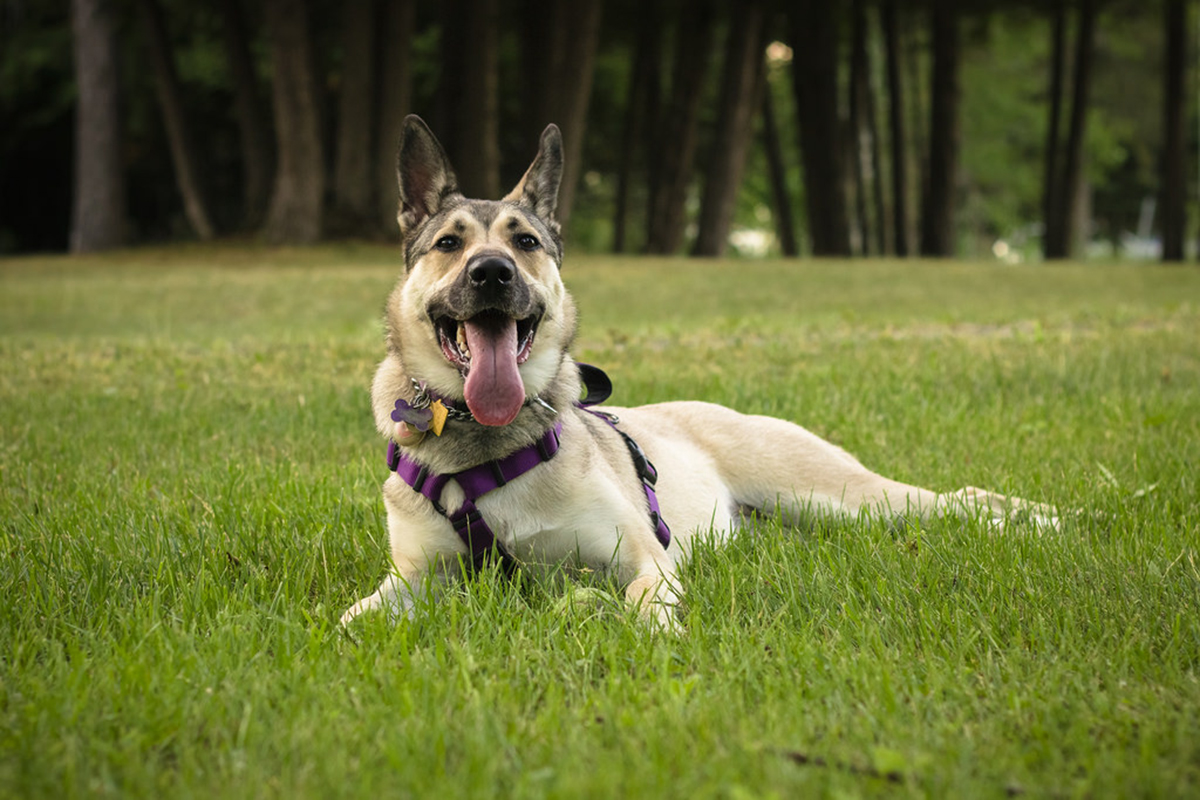Table of Contents
Eye Problems
Pugs are at real risk of eye problems. Due to their flat faces and bulging eyes, their eyes can actually fall out. They may or may not lose vision depending on how long their eyes are detached before the vet puts them back (yes, really; just keep it in a cold, damp cloth to prevent it drying out and get straight to your vet!).
Samoyeds, cocker spaniels, poodles, chow chow's, and Siberian Huskies are all prone to developing glaucoma. Glaucoma is a painful build-up of fluid in the affected eye. It necessitates medication, and - sometimes - the removal of the affected eye.

Approximately 70% of rough and smooth Collies are affected by an eye-defect called the Collie Eye Anomaly. "Collie Eye" is a genetic condition that causes underdevelopment of the cells that detect light. Some collies are barely affected, but Collie Eye can make some collies blind. 3% of Border Collies are also affected, as are some Australian Shepherds, Shetland Sheepdogs, and other herding dogs.
Skin Problems
Many breed standards require dogs to have folds of excess skin or wrinkled skin. This puts dogs at a risk of painful and itchy dermatitis (inflammation and infection of the skin). Common complaints include:
- Dermatitis in the folds of the face: suffered by brachycephalic breeds, such as Bulldogs, Pugs, Pekinese, and Boston Terrier
- Dermatitis in the tail fold: Bulldog; Pug
- Dermatitis in the leg-fold: found in short-legged breeds, like the Basset House
- Dermatitis in the fold of the labia: Spaniel, Setter, Labrador Retriever, Saint Bernard
- General Dermatitis: the Shar Pei
Some breeds also breed selectively for long, overhanging ears. The ears can be a site of hard-to-treat infection, causing pain and diminishing the dog's quality of life. Breeds where this is a problem include: Basset Hound, Poodle, Springer Spaniel, American Cocker Spaniel. The Shar Pei is also prone to ear infections due to a narrowed ear canal.
Dalmatians have a particular skin problem, which is believed to be linked to their abnormally high urate excretion. Urate is the salt produced by Uric Acid, and also linked to the development of bladder stones (another problem particular to the Dalmatian breed). It's believed this tendency to high urate excretion is linked to a gene in the Dalmatian, perhaps even the same one responsible for their black spots.
What Do We Do About Purebred Dogs?
Long-term, the only way for purebred pooches to survive is for the official organisations to change breed standards so features are less exaggerated, which would be better for the dogs. Some breeds are already modifying their standards to make them less extreme, but there's still a way to go.
READ Dogs For Treating Dementia
In the meantime, if you want a purebred dog, read-up carefully about the potential health problems of the breed, and always go through a reputable breeder and not a puppy-farm. A reputable breeder screens their animals for disease, and will not breed a dog with a genetic-illness. Puppy-farms breed indiscriminately. Always insist on seeing the mother; see both parents if possible.
Alternatively, why not go down to your animal rescue centre, where hundreds of healthy happy mutts are begging for you to take them home?
- http://www.humanesociety.org/news/magazines/2010/05-06/the_purebred_paradox.html http://www.rspca.org.au/campaigns/pedigree-dogs/five-common-problems-pedigree-dogs http://www.rspca.org.au/sites/default/files/FivecommonproblemsinpedigreedogsFINAL.pdf http://www.petmd.com/dog/conditions/musculoskeletal/c_dg_hip_dysplasia http://www.petmd.com/dog/conditions/reproductive/c_dg_dystocia?page=2 http://www.petmd.com/dog/conditions/respiratory/c_multi_brachycephalic_airway_syndrome http://www.petmd.com/dog/conditions/eyes/c_dg_collie_eye_anomaly http://pets.webmd.com/dogs/ss/slideshow-dog-breed-health-problems
- Photo courtesy of msvg: www.flickr.com/photos/msvg/9386968830/
- Photo courtesy of msvg: www.flickr.com/photos/msvg/9386968830/
- Photo courtesy of allie_k: www.flickr.com/photos/allie_k/15174976090/

